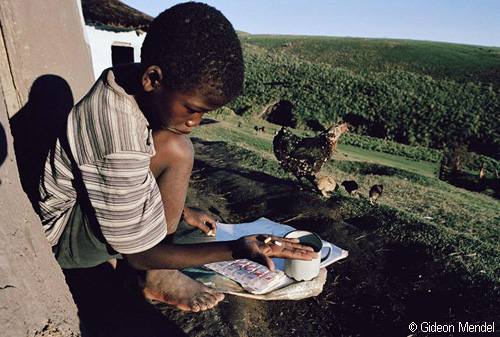An estimated 5 million South Africans now live with HIV/AIDS. National policy has focused on prevention; and antiretroviral ARV) medicines, which can prolong and improve quality of life for AIDS patients, have been prohibitively expensive. Already treating patients with brand-name ARVs since May 2001 in its HIV/AIDS program in Khayelitsha township, in Western Cape province, MSF began to import generic ARVs from Brazil in late 2001. Switching to generics meant the program budget could meet the cost of treatment for twice as many people as anticipated. By early summer 2002, 170 patients were receiving ARVs. Patient compliance is good and the survival rate has been 90%, even though most patients were at an advanced stage of the illness when entering treatment. In a dramatic policy shift, in April 2002 the South African government announced it would immediately begin to supply ARVs (which it had previously characterized as ?toxic?) as postexposure prophylaxis for rape survivors in public health facilities. The government also promised to start treatment to prevent mother-to-child transmission of HIV (MTCT) in all public health facilities by the end of 2002. MSF is closely monitoring this to see if the government delivers on its promises. Thanks to a pilot MTCT program at Khayelitsha, MSF estimates has already prevented several hundred babies from being born with HIV. In addition, up to 1,500 HIV-positive people seek consultations for HIV-related infections each month in MSF?s three clinics. MSF began HIV/AIDS work in South Africa in 1999.


